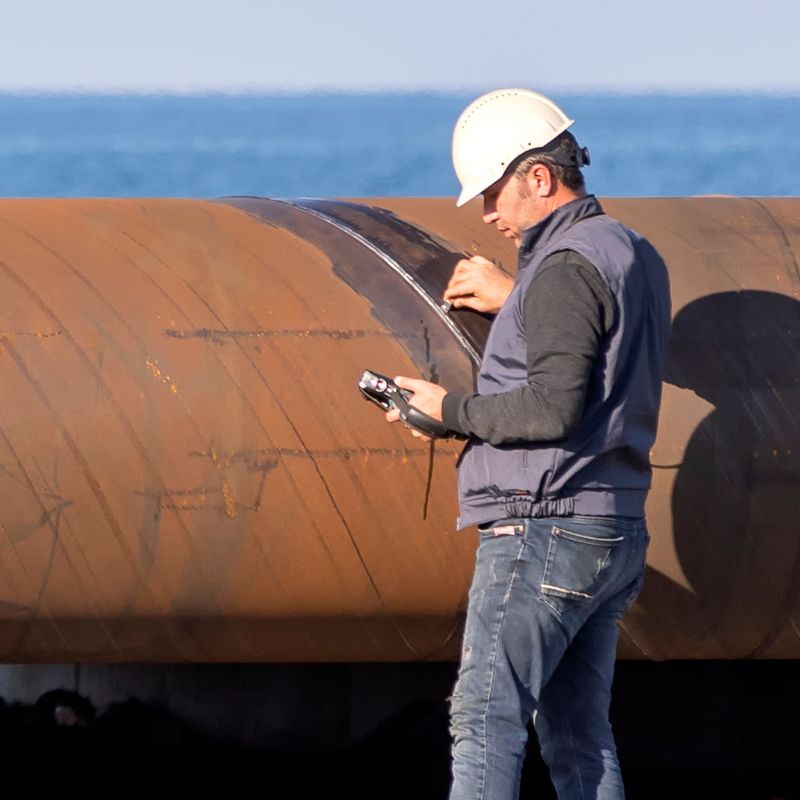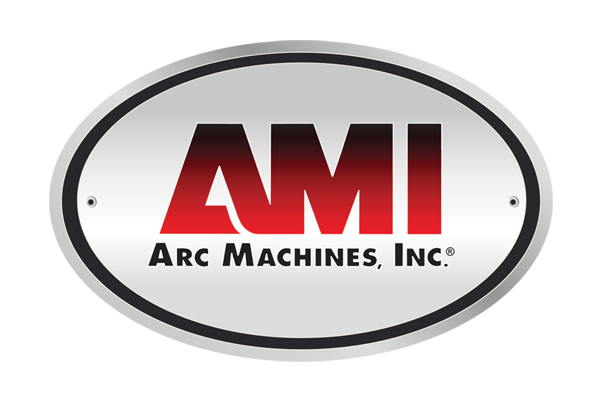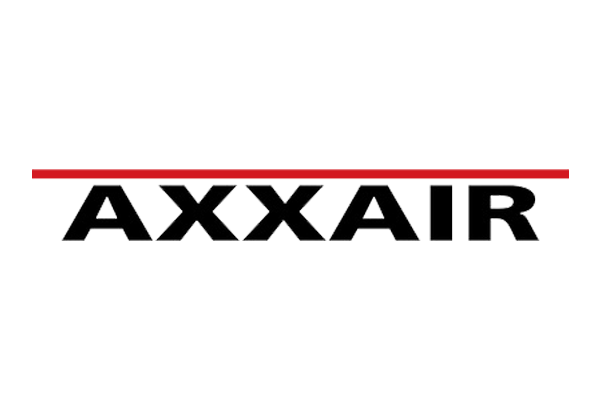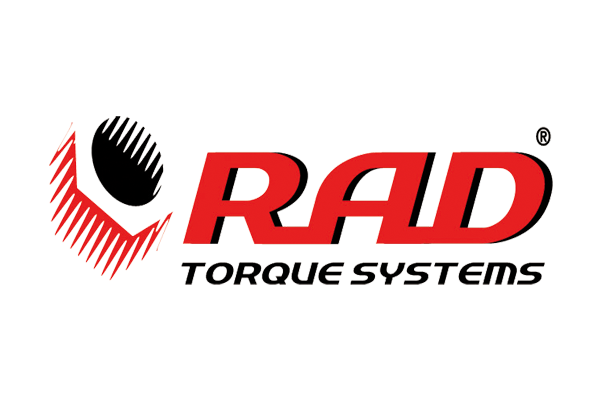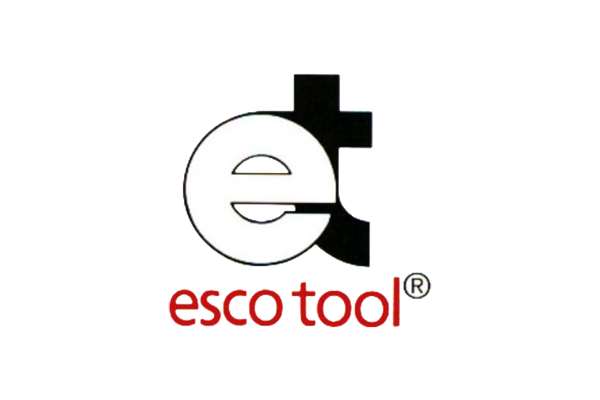How Welding Inspection Techniques Ensure Quality
Welding inspection is important for any welding project. This process ensures the welds are of good quality and that the final product meets the project standards. A poorly done welding job can result in safety hazards, structural damage, and costly repairs. Let’s discuss how welding inspection techniques ensure quality.
Visual Inspection
Visual inspection is the most common welding inspection technique. The inspector examines the welded joint with the naked eye to ensure no visible cracking, porosity, or improper fusion. A high level of expertise helps inspectors identify defects. Visual inspection can occur before and after welding.
Radiographic Inspection
This technique allows inspectors to examine the internal structure of a welded joint. The radiographic inspection involves X-rays or gamma rays to produce an image of the weld. The image can show any internal flaws in the welded joint. Radiographic inspection is highly accurate and can identify defects that may not be noticeable in a visual inspection.
Ultrasonic Inspection
This inspection technique involves high-frequency sound waves to detect defects in a welded joint. Ultrasonic inspection is non-destructive and ideal for inspecting thin welds. This highly accurate technique can detect surface and subsurface defects in a welded joint.
Liquid Penetrant Inspection
A liquid penetrant inspection can help inspectors identify surface defects on a welded joint. This inspection involves applying a liquid dye to the surface of the weld, which penetrates defects on the surface. After removing the excess dye, apply a developer to make defects visible. This technique is highly effective and can uncover small surface cracks and porosity.
Magnetic Particle Inspection
This inspection technique can detect surface-breaking defects in a welded joint. Magnetic particle inspection involves running a magnetic field through the welded joint and applying a magnetic powder to the surface. Any surface-breaking defects will interrupt the magnetic field, causing the powder to gather at the site of the defect. This highly sensitive technique can expose small surface cracks and other defects that may not be visible during visual inspection.
A welding inspection ensures quality and safety during a welding project. The different inspection techniques can help you detect defects that are not visible to the naked eye. Your choice of inspection technique depends on the weld’s nature and the accuracy required for the project. Consult a qualified welding inspector to ensure sound welding.
If you need any orbital welding equipment, SEC Industrial can provide high-quality orbital welding systems for high-quality welds. Our experts have the skills and knowledge to help you choose the right system for your needs. Contact us today to find out more about our services!
